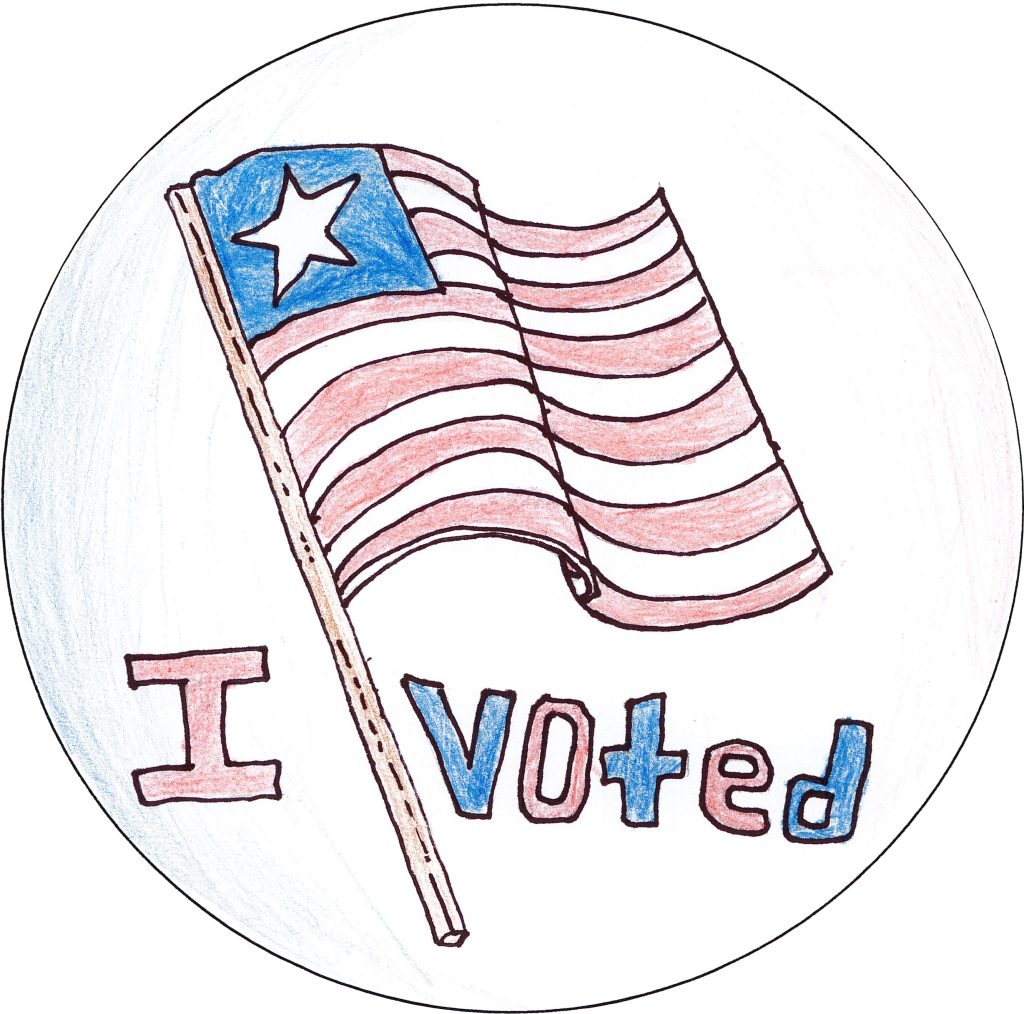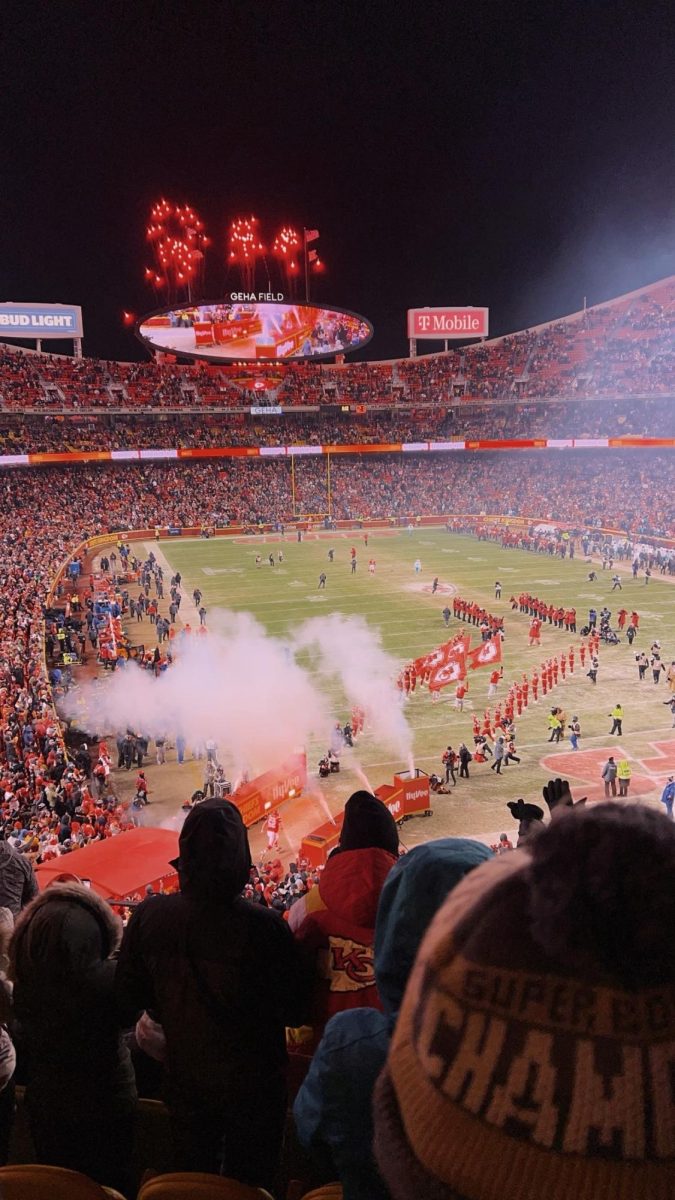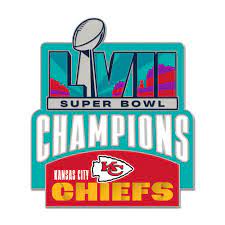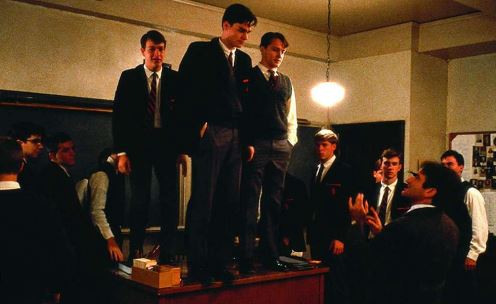The Thrill of the Chase
The Individuals and Motivations and Consequences Involved in Street Racing
December 10, 2019
Street Racing is an illegal form of auto racing on public roads. Although the concept of driving a car over a hundred miles an hour, wind and speed rushing past your face, appears thrilling, this activity possesses severe hazards. Street racing has thought to have originated in the 1930s during the Prohibition Era in the United States. Individuals employed automobiles to transport illegal alcohol to speakeasies or illegal bars. Today, the motivations to indulge in street racing are influenced by a variety of reasons. Some individuals view street racing as a form of entertainment and socialization or an opportunity to display their vehicle. In addition, one might enjoy the chase or the thrill that occurs when one is committing an unlawful act. Furthermore, some race for “pink slips” or ownership of an opponent racer’s vehicle.
Street races typically involve racers and spectators. Individuals meet at remote roads, often located in an industrial area. Here the racers decide determine the exact location of the race and mark a distance of one-eighth or one-quarter mile. Vehicles line up at the starting line, where an individual stands between them and drops his or her hands to initiate the race. Several spectators may be watching. During street racing events, spectators may even place bets on the two racers. Street racing events may be organized and well-planned or spontaneous.
In popular media, street racing is often glamorized. The Fast and Furious franchise, which revolves around street racing, is highly popular. Other films that provide an insight into street racing include Redline and Torque.
Although street racing possesses a special intrigue and excitement, a number of dangers exist due to the illegal activity. The dangers associated with street racing involve traffic collisions, trespassing and/or damage of private property, auto theft, vandalism, and maiming and death due to vehicle collisions. The authorities recognize the hazards of street racing listed as crimes with severe penalties.
The prevalence of street racing in Southern California has led to stricter anti-street racing laws with more severe punishments. The punishments for not obeying street racing laws may involve impoundment and even demolition of the offending vehicle and/or the suspension or revocation of the offender’s driver’s license. Some police departments in the United States have initiated programs that educate street racers to the hazards of street racing. In Addition, a campaign known as Racers Against Street Racing (RASR) encourages street racers to participate in legal forms of racing.
Although the chase associated with street racing appears quite captivating, the dangers and consequences of street racing outweigh the thrilling ride.

































